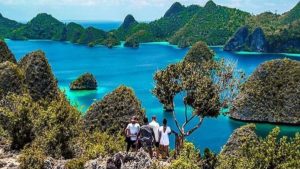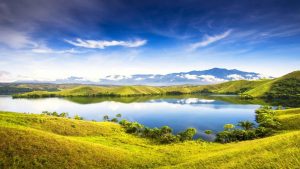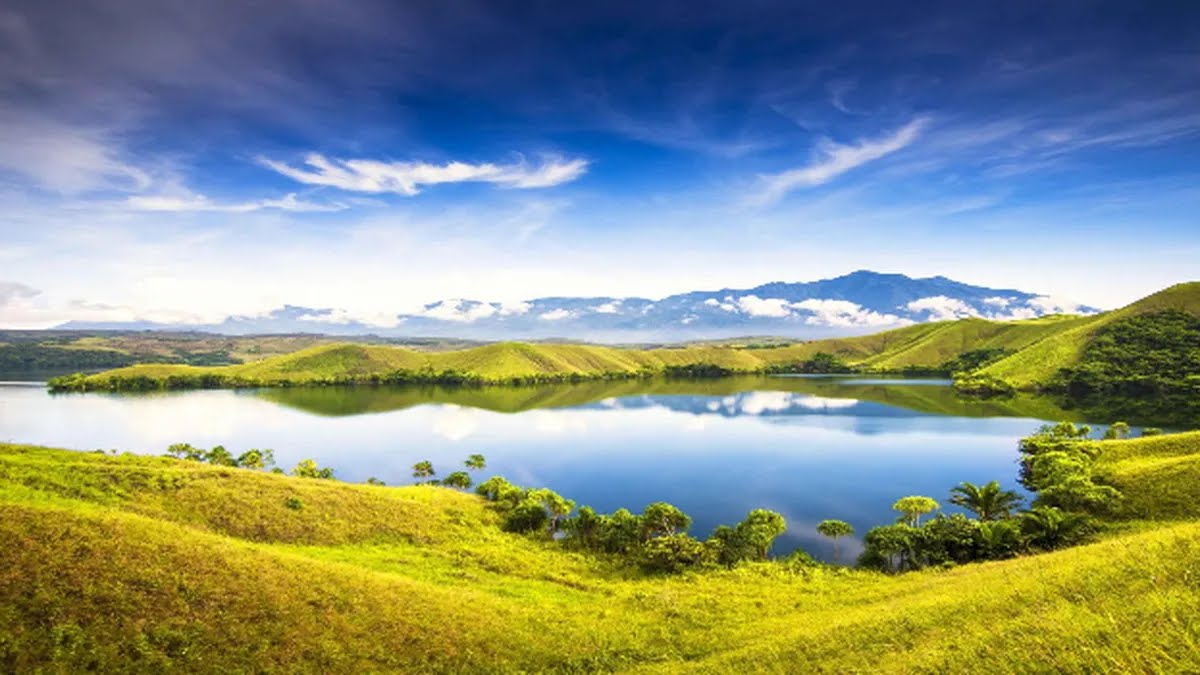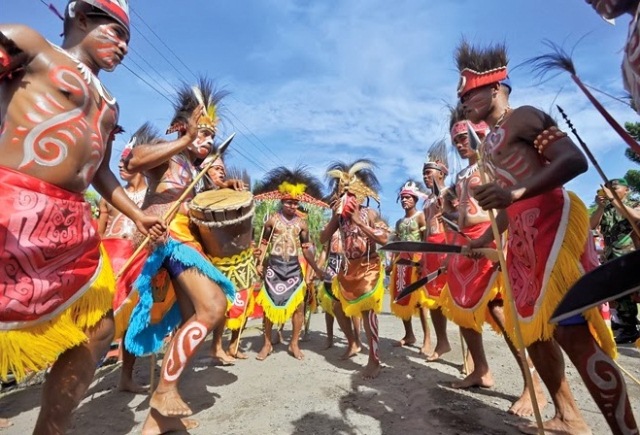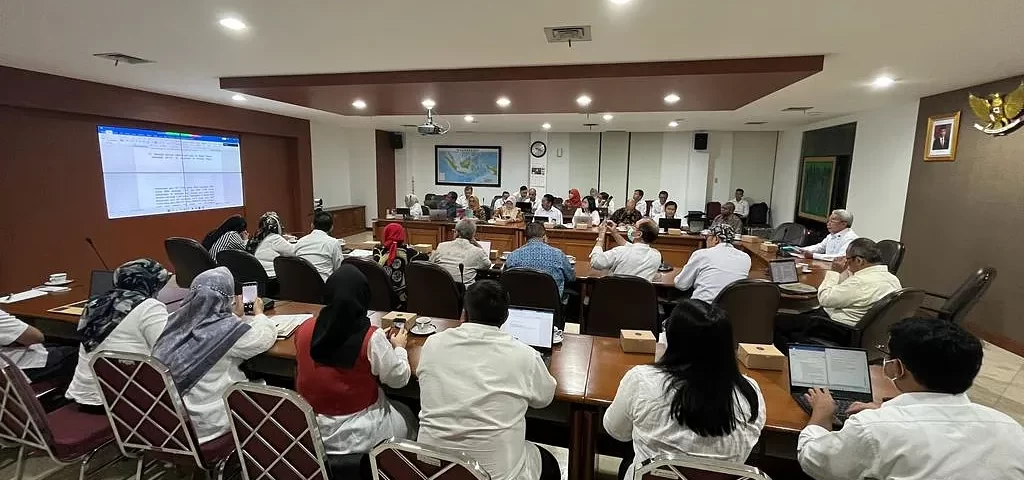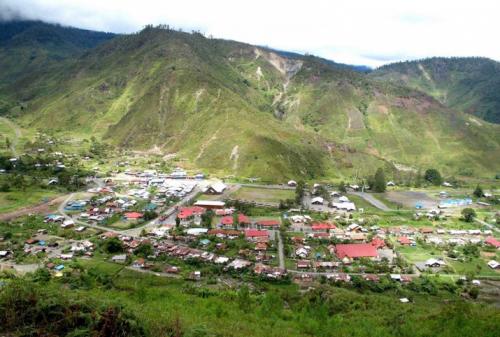Located at the easternmost tip of Indonesia, West Papua travel destinations boast countless natural beauty. The popularity of this amazing region is well deserved, as you will gain an extraordinary travel experience that you will never forget. Here is a summary of the natural tourist destination that you must visit in this province.
Why You Must Visit West Papua
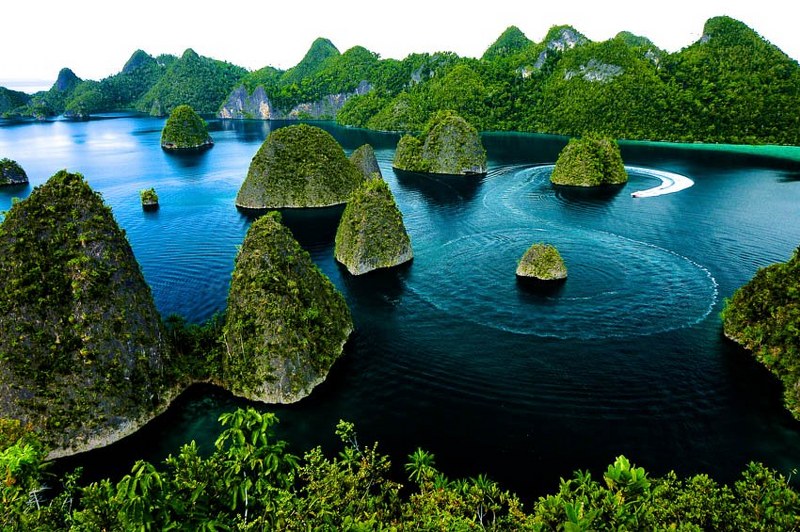
As Indonesia most remote destination, West Papua is abounding with acres of lush rainforests, gorgeous waterfalls and majestic rivers. Travel enthusiasts who appreciate long stretches of white sandy beaches and spectacular coral reefs can also experience a diverse range of aquatic life. Papua is also home to diverse tribes with vibrant cultures.
Going to Papua and getting across the Island takes because many places are only accessible by boat, but the journey is worth one of the remaining untouched beauties in the world. So don’t miss out on the chance to go exploring this province or learning about West Papua tribes and their cultural heritage.
It is surprising how unknown and unvisited West Papua is, considering that its home to untold beauty. Its tropical wildlife, lush nature and exotic tribal traditions will surely make you fall in love with this place. It is impossible to list all the must-visit destinations here, but we have compiled the top places you must visit.
Arborek Tourism Village
Want to experience the daily life of the Indigenous people? Any West Papua travel advice will recommend you to visit Arborek Tourism Village. As the pioneer of the “tourism village”, this village is designated for sustainable and interactive tourism. You can live with the local people and immerse yourself in their diverse and wonderful cultural traditions.
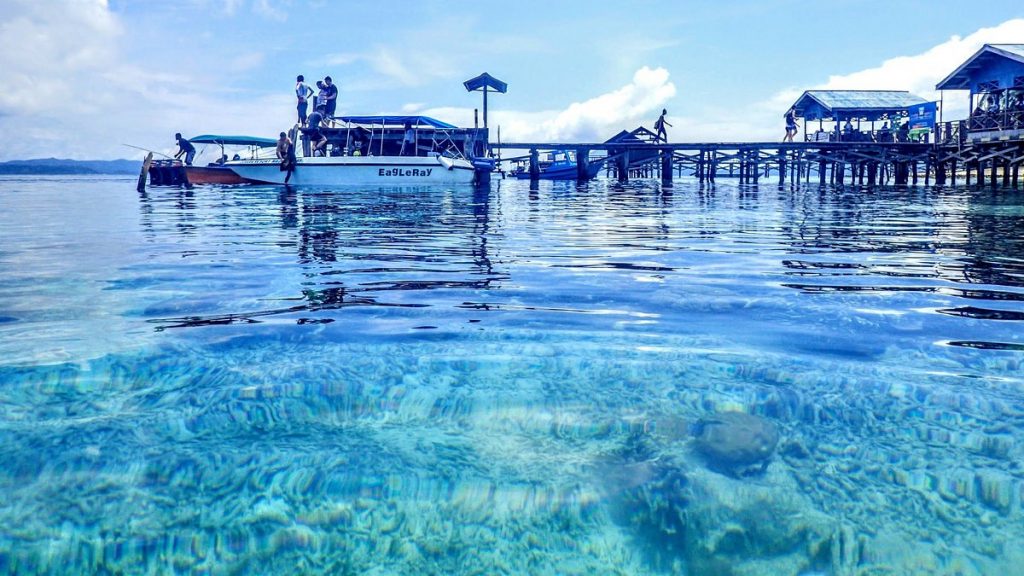
The village Arborek has gained an outstanding reputation among both the local authority and international community. With a population of only 197, interaction with locals is a stone throw away from a number of Homestay options available on this island. Finding underwater beauty is not so difficult here. Along the Arborek pier, divers can simply plunge into the water and instantly find a most intriguing illumination of the glittering of a gorgonian fan just below the surface. People in Arborek are hospitable and very industrious, creating exceptional handicrafts from sea pandan leaves to make the most of their time each day.
Arborek is fascinating both underwater and in the village. The community is known for its handicraft in making hats and noken (string bags). Nearly all mothers in this village produce handicrafts for a living. Although they are convinced that catching lobsters and work in pearl agro-production are much more profitable, yet they feel the handicraft is more distinguished and more graceful work for women. This is a village worth visiting. Only one and half hours from Waisai, Raja Ampat capital, the village of Arborek is awaiting visitors from around the world.
Tapurarang Archaeological Site
It is also known as the Kokas ancient site. Located in Fakfak Regency, this site is a gallery of prehistoric paintings of human and animal palms on steep rock cliffs. While this ancient artwork is hundreds of years old, the natural dyes that were used are still clearly visible today. You should add Tapurarang to your West Papua travel itinerary.
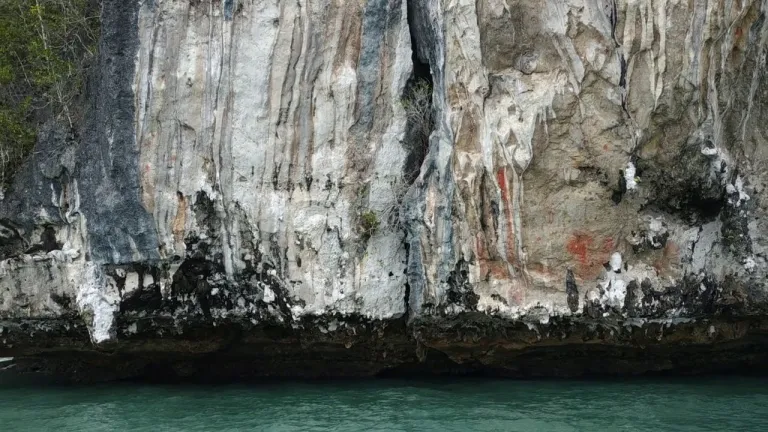
The Ancient Painting
Kokas has several places where visitors can find ancient relics, such as Goras, Darembang, Forir, Fior and Andamata. One of the main attractions of the Tapurarang archaeological site is the old painting on the cliffs wall. You can watch this show as long as the tide is low.
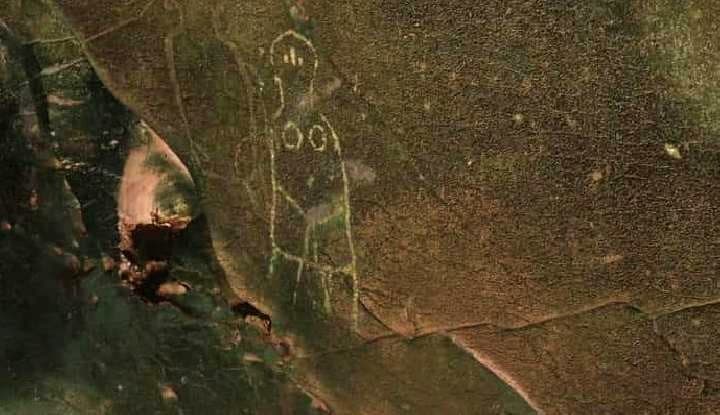
The painting resembles the human hands in various shapes and sizes, wrapped in bloody red. Well, locals believe that prehistoric people used fresh blood to put the painting. Other than that, the hands are all over the cliff wall located at the side of the strait sea that connects Kokas District and Arguni Island. The hands are the majority that fills the paintings, dolphins, human faces, eyes, lizards and something like boomerangs.
The paintings have been there for decades or even centuries, the color remains vivid and bold – it seems like fading is not an option. Even though people believe the paintings were made using fresh blood, they used natural dye from plants. According to archaeologists, the paintings came from the Megalitikum Era.





